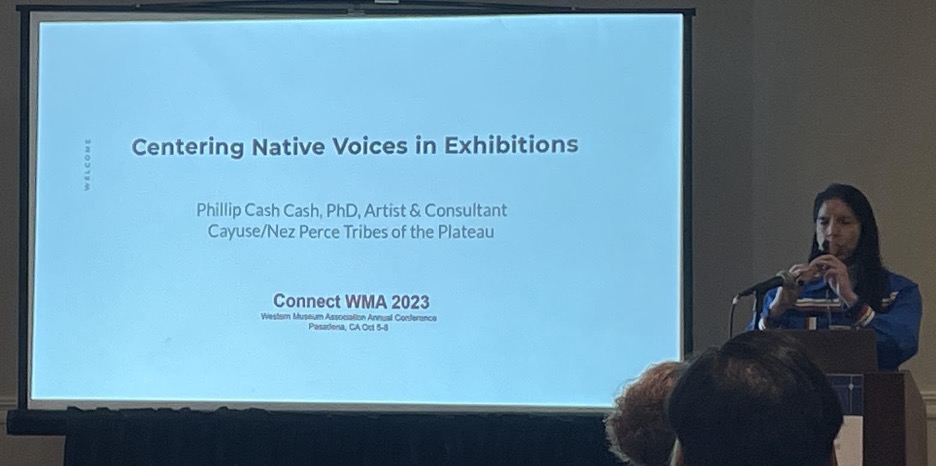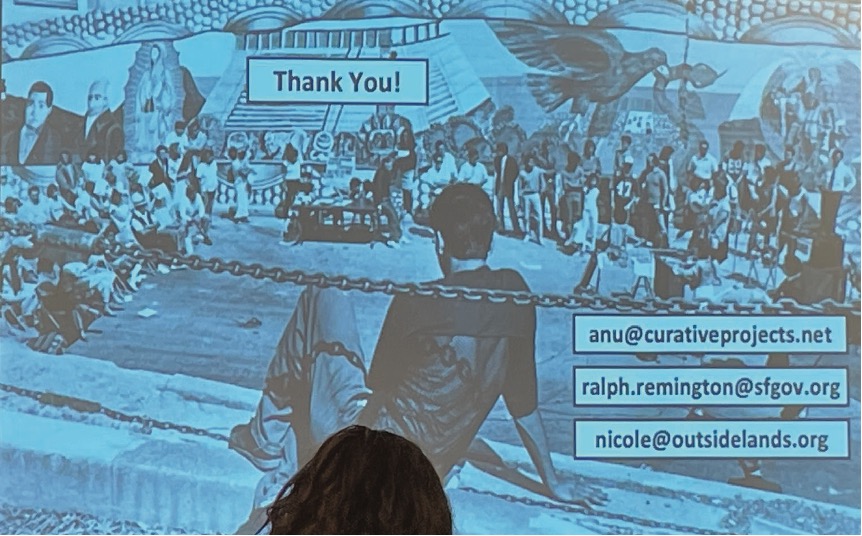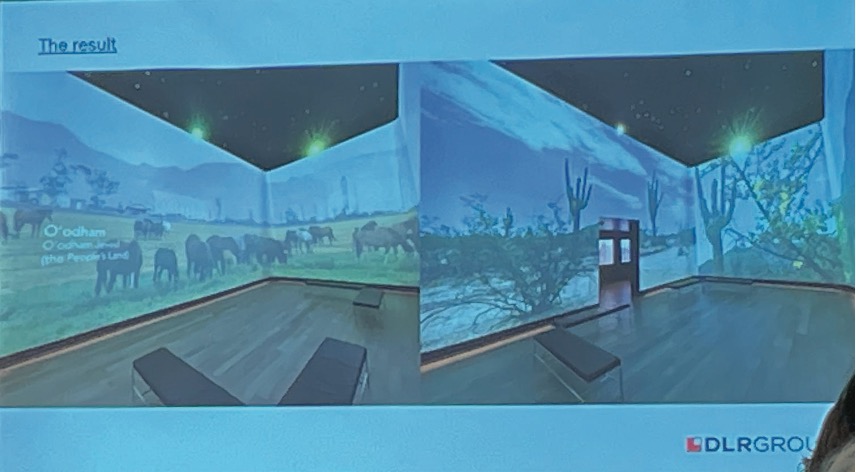Written by Dave Laubenthal, Creative Director at OMSI and WMA 2023 Wanda Chin Scholarship Recipient
It took three years, but I was finally able to attend my first WMA conference last month in Pasadena. I was originally a part of a session that was scheduled to present in 2020 and, well, we all know what happened that year and how it has forever changed so many of the ways we do the work we do. But the wait was worth it. This year's conference was warm, well-run, thought-provoking, stimulating, inspiring, and timely as many of the sessions and side conversations I had with existing and new peers immediately helped me to envision directions on projects at my museum. I’ve attended and appreciated other conferences, like ASTC and AAM, for many years. Still, this one felt more focused and intimate with regards to connection-making which is so fitting given the 2023 theme of CONNECT.

For me, connection-making has always felt like building a rhizomatic network. A network where at any given time, an exchange of energy and ideas supports an unforeseen spark of magic. We’ve all witnessed this kind of creative emergence - the kind that grows from conversations, presentations, and shared resources that result from being open to new ideas and learning. Connection-making and conversations, spoken words, is where so much inspiration lives. Each time we verbalize a thought, especially something we are wrestling with, it invariably becomes reframed for us and others… and, in turn, sparks something new for the conversation and the problem or task at hand. Sometimes subtly, and other times more broadly. The exchange of ideas, information, and perspective was central to the session I was a part of, “Maintaining and Sharing Institutional Knowledge - Fueling Staff Capabilities and Innovation.” Our session was all about sharing various aspects of our institutional knowledge (IK), across a range of museums, and offering opportunities for others to ask for more as well as to share their key discoveries and IK. Our session leader, Matt, did a wonderful job pulling the panel together and conducting our group to create a tight, fun, and informative session. Along the way, I learned so much from my fellow panelists. Afterward, we fielded great questions from the attendees that, in turn, stimulated many conversations, connections, and introductions. The other sessions I attended felt very much the same. Some highlights included some sessions that focused on timely subjects, like how to “Center Native Voices in Exhibits” which so directly relates to some in-flight projects at my museum, and “Monumental Reckoning” where impassioned conversations about how communities are reconciling the reckless canonization of troubled figures through our shared histories. Every one of these moments has led to direct (and indirect) connections since the conference that I am already cherishing. Since the conference, I’ve connected with 5 people I met there and am actively working to create something better for our shared world that I may not have done without this conference.

So many diverse needs and skills are necessary to make museums work - operationally and strategically. And in our post-pandemic world, it seems like the line between thriving, sustenance, and closure is as tenuous as ever. The economic structures still govern much of how we have to do the work we do in order to survive but how can we all share better with one another to increase our growth potential as institutions and as a sector? To continue to do better work we will always need help. Conferences like WMA this year can play a critical role in our collective futures. I hope to cross paths with anyone reading this to find ways we can collaborate and help each other create something amazing. Until then, I hope you all made meaningful and actionable connections with the people you met at this conference.

___
Insta: @dlaub27
Dave Laubenthal has been working in the creative and education sectors for over 25 years. He holds a BFA in Sculpture and an MFA in Collaborative Design. His work has been seen on stage and television around the world. Some highlights include The Lion King on Broadway; Super Bowl Halftime shows; the Winter Olympic Games, and permanent public art commissions in Oregon. Before starting at OMSI he owned and operated a design/build company and taught design classes at Pacific Northwest College of Art and Design (Willamette University).
Add new comment